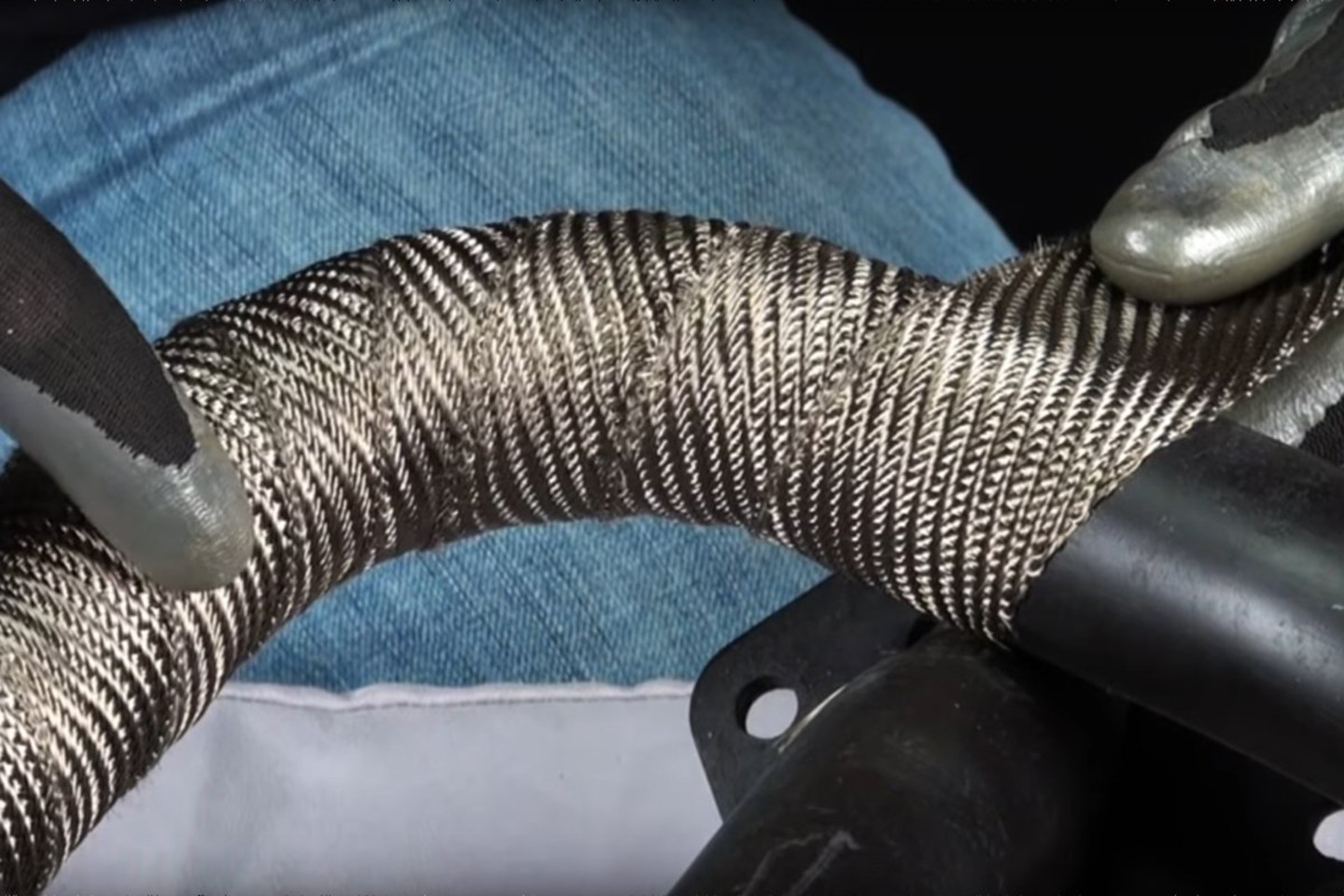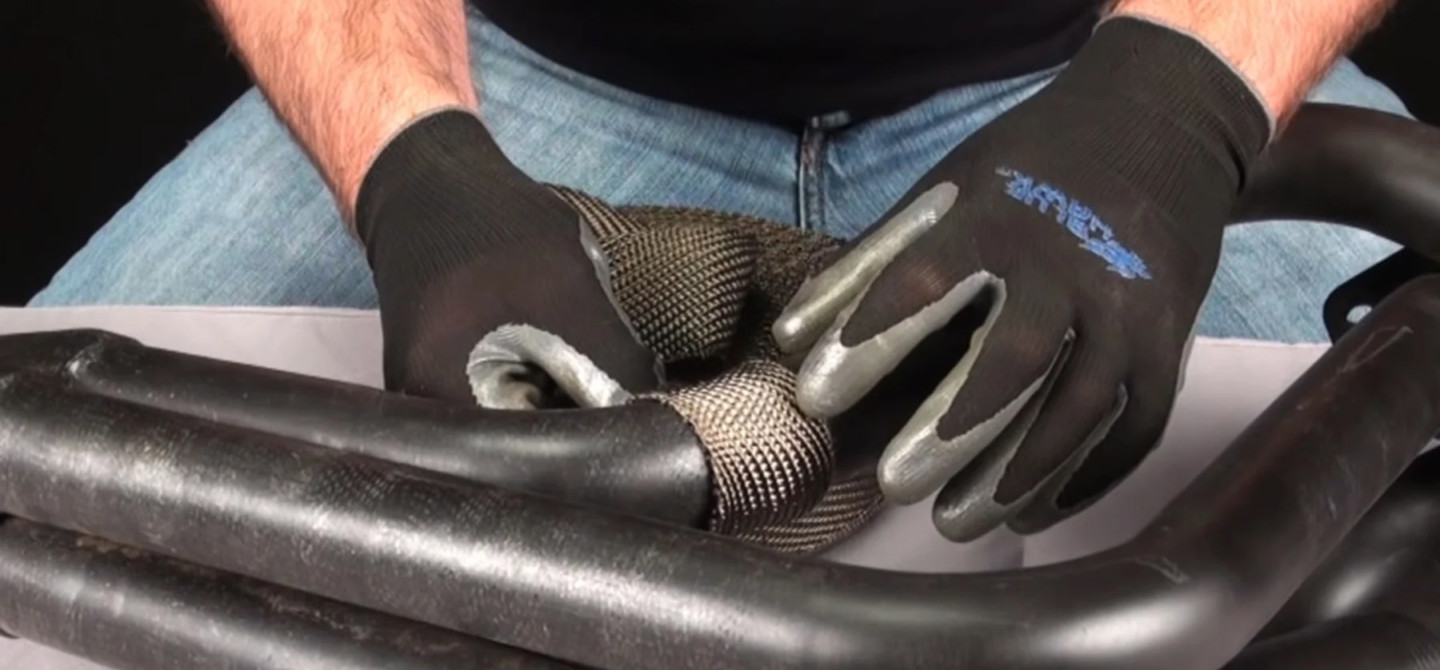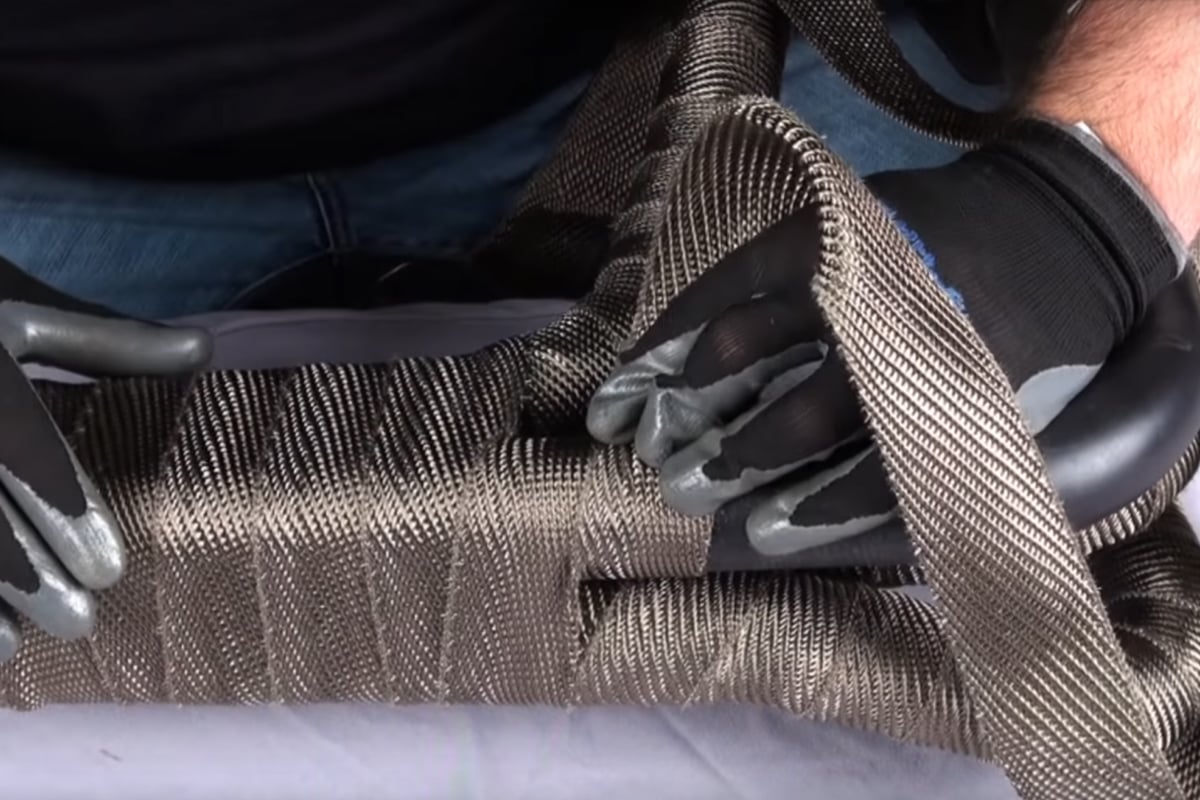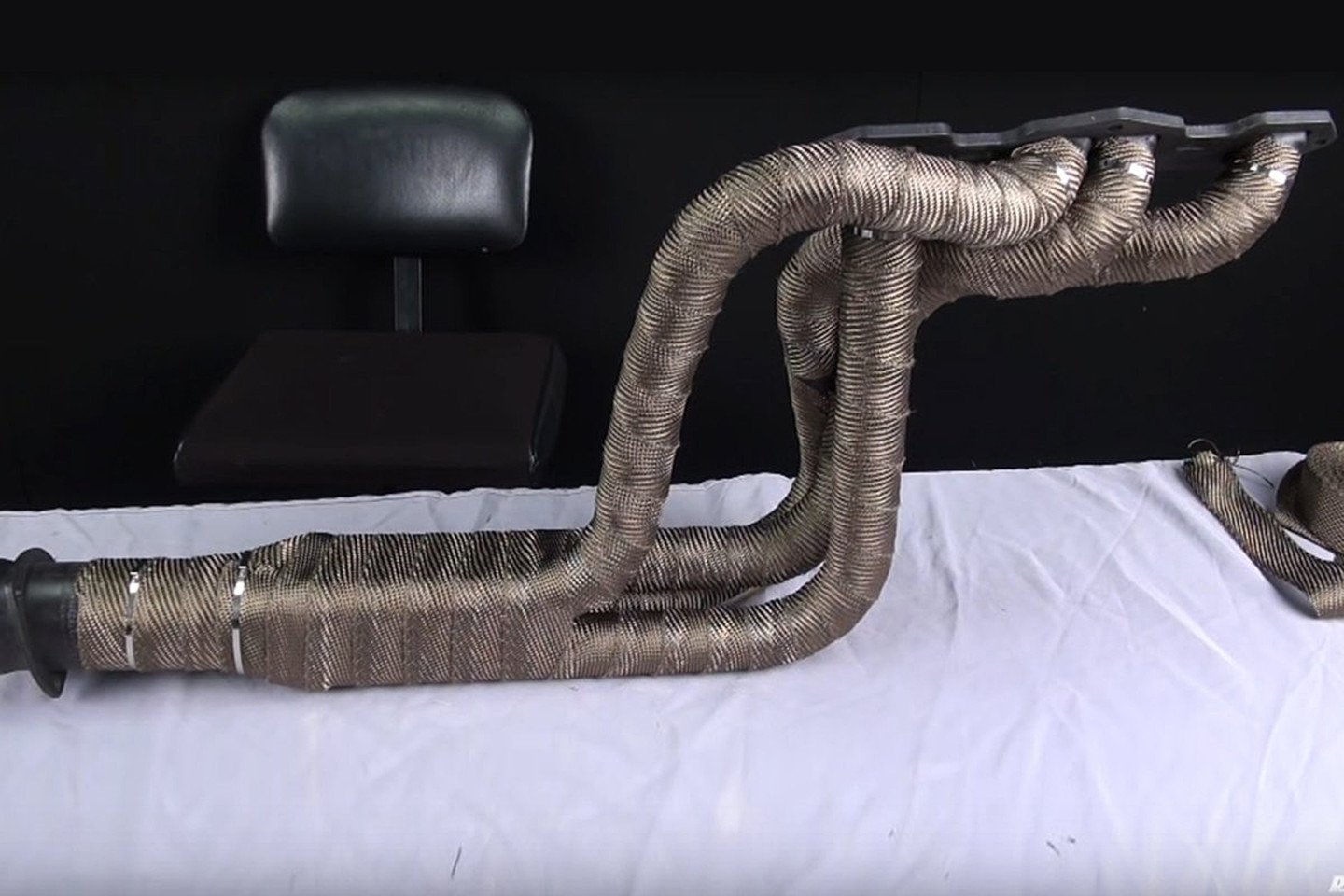It’s a gorgeous, sunny, Saturday afternoon, and you have decided it’s a perfect day to take your “hot rod” for a ride. You climb behind the steering wheel and a huge smile comes across your face as the engine fires. All is right with the world. Unfortunately, after only a few miles of driving, you remember why your pride and joy doesn’t get driven as much as you would like — it gets hot inside the car. Have you ever thought about why?
Sure, air conditioning would help, but that’s not what we’re talking about. What many enthusiasts must deal with when driving their car is engine heat radiating into the area where they plant their butts. In other words, underhood heat can radiate into the car and affect the comfort of your ride. The folks at Design Engineering Inc. (DEI) knows all about this situation and can help.
If you choose to reduce the temperatures found under the hood, there is a way that delivers great results, but it is not without controversy — header wrap. Talk about header wrap in a group of car guys, and you will definitely start a heated (pun intended) discussion.

To make sure your headers and wrap are properly protected from the elements, proper prep is key. The HT Silicone Coating provides lasting protection for any hot surface up to 1,500 degrees. DEI recommends the use of this coating with its exhaust wrap because it seals the material and provides lasting protection from oil, dirt, and road grime.
Normally, I am full of opinions about a given situation or part, but this time, I wanted to reach out to the folks that actually make header wrap and see what input they can give us. But before we hear from a professional, let’s make a few things clear.
Clearing The Hot Air About Header Wrap
The biggest topic of discussion revolves around the reporting of header wrap causing the headers to rust. According to Eric Baun of DEI, “Any mild-steel exhaust pipe will rust over time — with or without exhaust wrap. Wraps won’t draw moisture from the air, but if you ride or drive in wet conditions without letting the wrap dry off, it can lead to accelerated oxidation. If your wrap gets wet, keep the engine running long enough to dry the wrap.”

before you wrap your headers, DEI says you must make sure the tube surfaces are clean and rust-free.
While a wrapped header does look cool — again, in my opinion — header wraps aren’t just for looks, they do have a function when properly installed. “Wrapping pipes helps control exhaust temperatures and reduces radiant under hood heat,” says Eric. “Hot exhaust gases flow faster, improving exhaust scavenging, which in turn adds power. Limiting radiant heat inside the engine bay also lowers ambient temperatures for electronics, air intakes, and firewalls. Cooler components last longer and work better. Cooler drivers perform better, too.”
Choose Your Coverage
DEI offers three material types: glass fiber, titanium, and EXO. Each has its benefits, and budget is usually the main consideration. DEI’s glass fiber is the least expensive and is good for up to 1,200 degrees. The titanium wrap is good for up to 1,800 degrees. Design Engineering’s EXO wrap is designed for extreme-environment usage. According to DEI, traditional exhaust wraps are unable to withstand the extreme use that off-road, dirt track, desert, and other forms of driving experience with exposure to water and dirt. Although designed for off-road use, this is a great option for street and racing enthusiasts that never leave the asphalt or concrete.
The EXO series is a dual-layer design, created using a combination of hi-temp glass fiber, covered with a 304-grade stainless steel exoskeleton. We’re told this unique construction maintains exceptional heat protection and offers superior abrasion and impact protection.

You can find header wrap in different styles, and finding the perfect fit for your application is as easy as calling DEI.
Prep And Care
Before you install header wrap on your headers, Eric says there are a few things to consider. “We recommend cleaning the headers as much as possible, removing any surface rust,” says Baun. We also recommend priming the headers with HT Silicone spray prior to wrapping in order to protect them as much as possible. This should be done regardless of whether they are new or an older set of headers.”
Often Asked Questions About Header Wrap
Why Should I Wrap My Headers, Pipes, Or Tubular Manifolds?
Wrapping any type of exhaust piping is a crucial and an important step when controlling exhaust temperatures and reducing radiant under-hood heat. Keeping exhaust gases hotter within the exhaust system helps decrease density and increases the flow of exhaust gases. This improves exhaust scavenging, which in turn, adds power. Also, limiting the radiant heat inside the engine bay decreases temperatures up to 50 percent. This reduces heat absorption for electronics, air intakes, and through the firewall, keeping dash components and cabin temperatures to an absolute minimum.
How Is Exhaust Wrap Made?
DEI Glass Fiber exhaust wrap is primarily constructed of fiberglass material that is treated with a proprietary coating developed by DEI. The combination helps increase the wrap’s thermal resistance when compared to other brands. DEI Titanium exhaust wraps use Basalt as the primary material.
Will Wrapping My Pipes Make Them Rust?
Any mild-steel exhaust pipe will rust over time — with or without exhaust wrap. If you wrap any kind of tubing, we recommend our HT Silicone Coating to seal and protect the wrap and even the pipe you are wrapping. Along with adding color to the wrap, HT Silicone Coating increases the longevity of your wrap by locking the fibers together. You can wrap most types of metals.
Will DEI Exhaust Wrap Work On My Stock Exhaust?
Yes. Factory tube manifolds and other exhaust system components can be wrapped to help control heat, including piping for intercoolers and turbo downpipes.
What Will Keep My Exhaust Wrap In Place?
DEI Stainless Steel Locking Ties are designed to keep your exhaust wrap securely in place and with a finished look. Our Locking Tie Tool makes installing them quick and easy. Stainless steel hose clamps or lock wire will also work.
One question often asked by late-model enthusiasts, is “is it okay to wrap my catalytic converter or the flex pipe attached to it”? According to DEI, you should never wrap these parts. “Wrapping these components can trap too much heat and cause premature failures of the CAT’s internals,” states Eric. “For these instances, we suggest the use of pipe- or CAT-specific shields that will block the radiant heat while still allowing for airflow over the CAT or flexible-pipe section.”
Whether or not you decide to wrap or not to wrap your headers should not be decided solely by reading internet forums. Take the time to reach out to the folks at Design Engineering Inc. and ask questions. Tell the tech representative what your plans are, why you think you might need to wrap your headers, and the environment your car is subjected to. Having solid information is the best way to decide what is best for you.



















